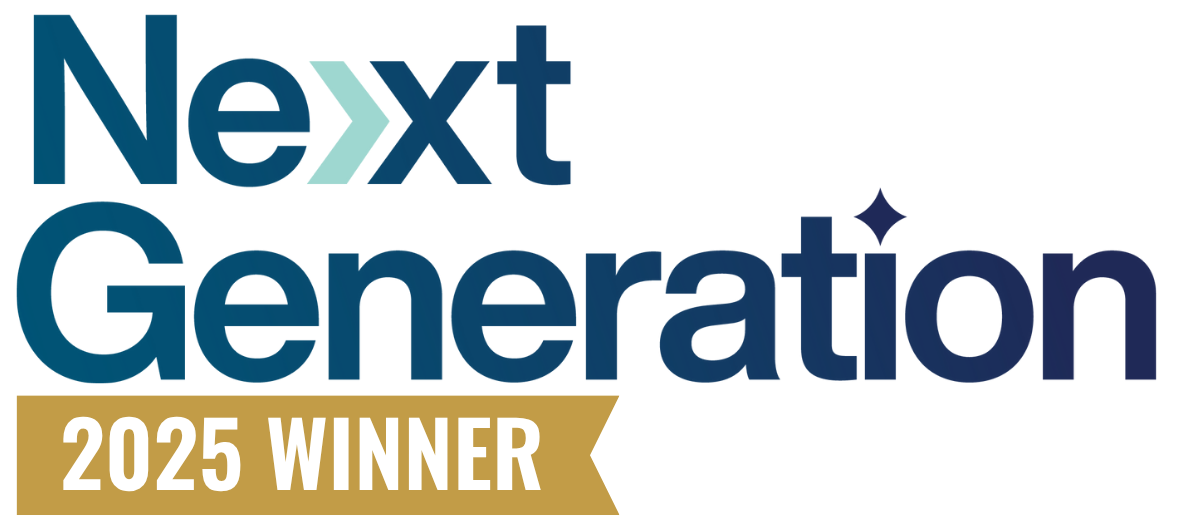The idea of “business as usual” falls short these days as we find ourselves in the midst of the global COVID-19 pandemic. In a short amount of time, the ways in which people, communities, and organizations function has drastically shifted as we’re forced to rapidly adapt our way of life and business operations.
From a business standpoint, perhaps one of the largest shifts is the switch to a remote workforce. Companies and employees are needing to embrace the work from home (WFH) model -- and quickly -- in order to ensure business continuity.
With the enablement of a remote workforce comes a lot of steep learning curves, technological stumbling, and, perhaps less well-known, security risks.
Security Concerns of the Remote Work Environment
In general, telework and remote access technologies require more robust security protections due to the inherently higher exposure to external threats than a contained internal environment. Compounded by the expedited transition to a remote model and the deep anxiety clouding the current state of affairs, businesses’ remote networks are particularly vulnerable to security risks in the coronavirus era.
Devices that are not contained within an organization’s network, such as employees’ personal computers or mobile devices, are now accessing sensitive files, servers, and data. Employees are utilizing networks that have generally less security than a traditional office environment, such as firewalls, and now with more endpoints and opportunities for network intrusion and compromise.
On top of all the technological and network-related challenges facing organizations and their employees, malicious actors are deploying sophisticated and insidious coronavirus-themed phishing scams and ransomware campaigns to exploit the crisis.
We understand that business leaders are going through a lot right now just trying to keep their head above water, and properly securing your remote workforce environment can be daunting and complex.
Start here, with a few high-level best practices for securing your organization’s remote environment:
- Get back to basics: passwords. Passwords are the frontline of defense against protecting data and applications from any sort of cyberattack. Make sure all employees are utilizing not-easily-guessed passwords for all devices, applications, and equipment, such as routers.
- Multi-factor authentication. Multi-factor authentication, or MFA, requires multiple login criteria before granting access. This added layer of security ensures that if login credentials are hacked or stolen, criminals still cannot access the system.
- Empower and train your employees by implementing a cyber security awareness training program. Your workforce is now on the frontlines of recognizing an attack and stopping it in its tracks. Use these steps to reduce exposure and strengthen your team’s security posture.
- Regularly update and patch operating systems. Enable automatic updates and remind employees regularly.
- Bring visibility and transparency to all endpoints. Utilize third party solutions to identify every device accessing the business’s network to ensure they meet minimum security standards before granting access.
- Update your current cybersecurity policy to outline your organization’s expectations surrounding personal devices, security protocols, and incident reporting. Make sure all employees have access and know who to contact in the event that their network or data has been breached.
We’ve also compiled a few top-notch and robust resources related to this topic that we know you’ll find useful:






